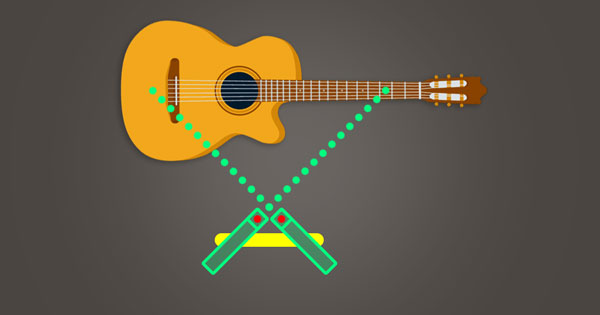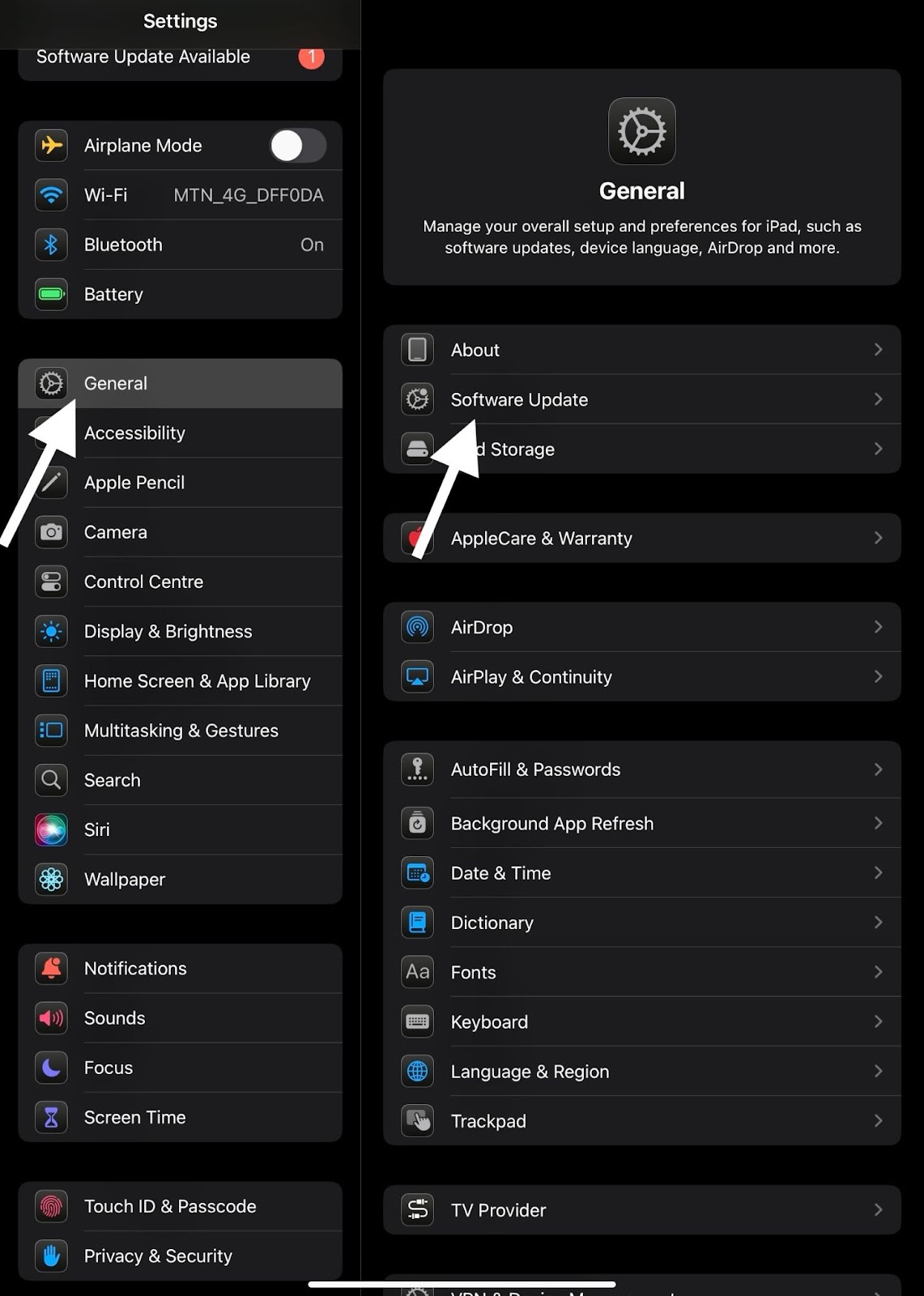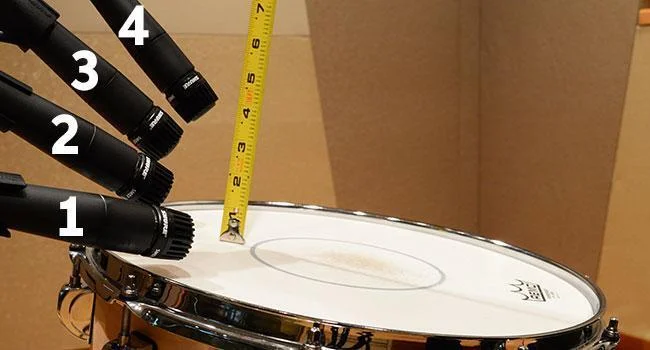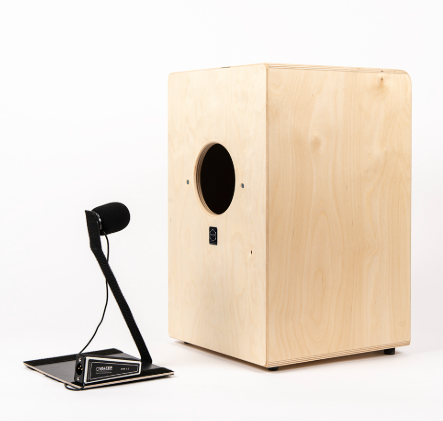Everyone wants their audio recording session to go smoothly and clearly. Just imagine you are recording audio, and you start dealing with issues like your mic picking unwanted noise. These include noises caused by air pressure or mouth noises made by consonants we pronounce, including harsh t’s and p’s. Thus, you need more than a microphone. So, this demand has led to a rise in essential tools like windscreens and pop filters. Made to detect issues faced in recording, these shields shelter against typical audio nuisances. But, despite how important they are, the question remains: which of these shields is the best to get flawless audio? To help you make the best decision, I will discuss everything you need to know about them in this article. The goal is to help you decide which best suits your needs and circumstances when it comes to recording.
An Overview of Pop Filter Vs Windscreen
Pop filter
A pop filter, also known as a pop shield or windscreen, is an essential tool in the world of audio recording. It is a tool made to minimise the unwanted audio effects caused by plosive sounds. Especially when pronouncing words with “p” or “b” sounds.

A pop filter typically consists of a frame holding a layer of fabric or a fine mesh in front of the microphone. When you speak into the microphone, the rush of air associated with plosive sounds is intercepted by the pop filter. The filter disperses this airflow, preventing it from reaching the microphone’s sensitive diaphragm. As a result, the plosive sounds are diffused, and the mics record cleaner and more smooth audio, free from harsh popping noises.
Windscreen
A windscreen is also used in audio recording, but its primary purpose is different from that of a pop filter. A windscreen is a protective cover made of foam or similar materials that fits over the mic itself. It shields the mic from environmental factors that can degrade the recording quality.

A windscreen acts as a shield that safeguards the microphone from external elements. This includes wind, moisture, dust, and even certain vocal sounds. While it can provide some sound diffusion, its main role is to protect the mic from unwanted things.
Pop Filter Vs. Windscreen: Choosing The Right Shield for Your Mic
Choosing from a pop filter and a windscreen for an audio recording setup? Well, the decision hinges on the specific needs for which you are planning to record. Both have a distinct purpose, and their effectiveness varies depending on the circumstances.
So, how to find the best one for your mic?
Let’s explore the advantages and best use cases for both pop filters and windscreens.
Advantages of Using a Pop Filter
- Plosive Sound Elimination: Pop filters reduce plosive sounds produced during speech. This ensures clean and distortion-free recordings.
- Enhanced Clarity: By dispersing airflow, pop filters maintain the clarity and flow of spoken words. This is crucial for professional-grade audio production.
- Minimised Post-Processing: With fewer unwanted pops, editing time is significantly reduced. This allows for a more streamlined production process.
- Improved Mic Longevity: Pop filters contribute to the longevity and durability of your microphone. This helps in preventing direct exposure to moisture and saliva.
- Versatility: Pop filters are compatible with a wide range of mic. This makes them a versatile and cost-effective addition to any recording setup.
Advantages of Using a Windscreen
- Environmental Protection: Windscreens shield microphones from wind, moisture, dust, and other outdoor elements. This guarantees optimal recording quality.
- Versatile Application: Suitable for a variety of microphones. Well, because windscreens are indispensable for field recording, live broadcasting, and outdoor settings.
- Reduced Ambient Noise: Windscreen foam material provides some sound absorption. It minimises background noise, and interference.
- Durability: Windscreens add a protective layer to your mics. This increases its lifespan by preventing damage from physical contact and environmental factors.
- Portability: Windscreens are convenient for on-the-go recording. Their lightweight and easy installation, makes them a best for location sound professionals.
Make the Right Choice
Well, both these shields have distinct recording conditions and purposes to specify their essence. So, to ensure you make the right choice between these two, consider your specific recording needs in you will work. Here are some key use cases for both pop filters and windscreens:
Pop Filter
- Vocal Clarity: For pristine vocal recordings with minimised plosive sounds.
- Podcasting: Ensuring clear and professional-sounding podcasts.
- Voiceovers: Perfect for maintaining the quality of voiceover work.
- Studio Environments: Ideal for controlled recording spaces.
- Reducing Editing Time: Streamlining post-production by minimising unwanted pops.
Windscreen
- Outdoor Recording: Protecting against wind, moisture, and ambient noise during outdoor recordings.
- Field Recording: A must-have for capturing sound in unpredictable natural settings.
- Live Broadcasting: Essential for outdoor broadcasts where environmental factors can affect audio quality.
- Location Sound: Ideal for preserving audio quality during on-location sound capture.
- Mic Protection: Guards microphones against physical elements, extending their lifespan in various environments.
It’s important to note that in some cases, using both tools together can provide the best results. Especially when recording in challenging conditions. So understand the strengths and purposes of each tool, and make an informed decision. By doing so you can ensure that your audio recordings meet the highest quality standards.
Things to Consider When Investing in Any of Them
There is no particle choice in choosing any one; both results are different and unique in their ways. But, to achieve the highest quality audio recordings, it’s crucial to pay attention to various aspects of your recording setup. Here are five key points to consider:
- Recording Environment: Tailor your choice to the environment. Pop filters excel in controlled areas, but windscreens are crucial for outdoor or unexpected settings.
- Budget: Set a budget that aligns with your recording needs, as both pop filters and windscreens come in a range of prices.
- Microphone Compatibility: Ensure the accessory fits your specific mic model to grow its efficacy.
- Durability and Material Quality: Look for accessories made from robust materials. This ensures they provide long-term protection and performance.
- Sound Quality Impact: Prioritise options that enhance clarity and reduce unwanted noise. Remember it does not alter the natural tonality of your recordings.
Conclusion
In the showdown between pop filter and windscreen, there is no definitive winner. The right choice depends on your specific recording environment and needs. If you’re primarily working indoors and need to ensure crystal-clear speech, a pop filter is your stalwart ally. But if you’re venturing into the great outdoors or want a versatile option, a windscreen should be your first line of defense. Armed with this knowledge, you can now make an informed decision and elevate the quality of your recordings to new heights. Happy recording!
When optimizing your audio quality, using pop filters and windscreens is crucial, but choosing the right microphone matters just as much. A wireless lavalier microphone paired with the proper shields can help achieve crystal-clear audio recordings, especially for interviews and presentations.
FAQs
Q1. What is the difference between a wind cover and a pop filter?
The sharp sound of consonants, or plosives, is taken out of a microphone recording using a pop filter. Foam is a windscreen that shields the mic from wind and removes air blast sounds from the recorded sound.
Q2. Can a windscreen replace a pop filter?
It won’t stop your voice from being heard the way a pop-filter does. While it lessens the amount that the recorded voice stands out, it does not completely replace it. A windscreen is a worthwhile trade-off because using a pop-filter outside is somewhat irritating.
Q3. If I have a mic cover, do I still need a pop filter?
To minimise vocal plosives when recording in a studio with moderate to good acoustic treatment, it is advisable to use a pop filter. If you’re recording outside for any reason, a foam cover will keep the wind out of your audio.

































.png)








